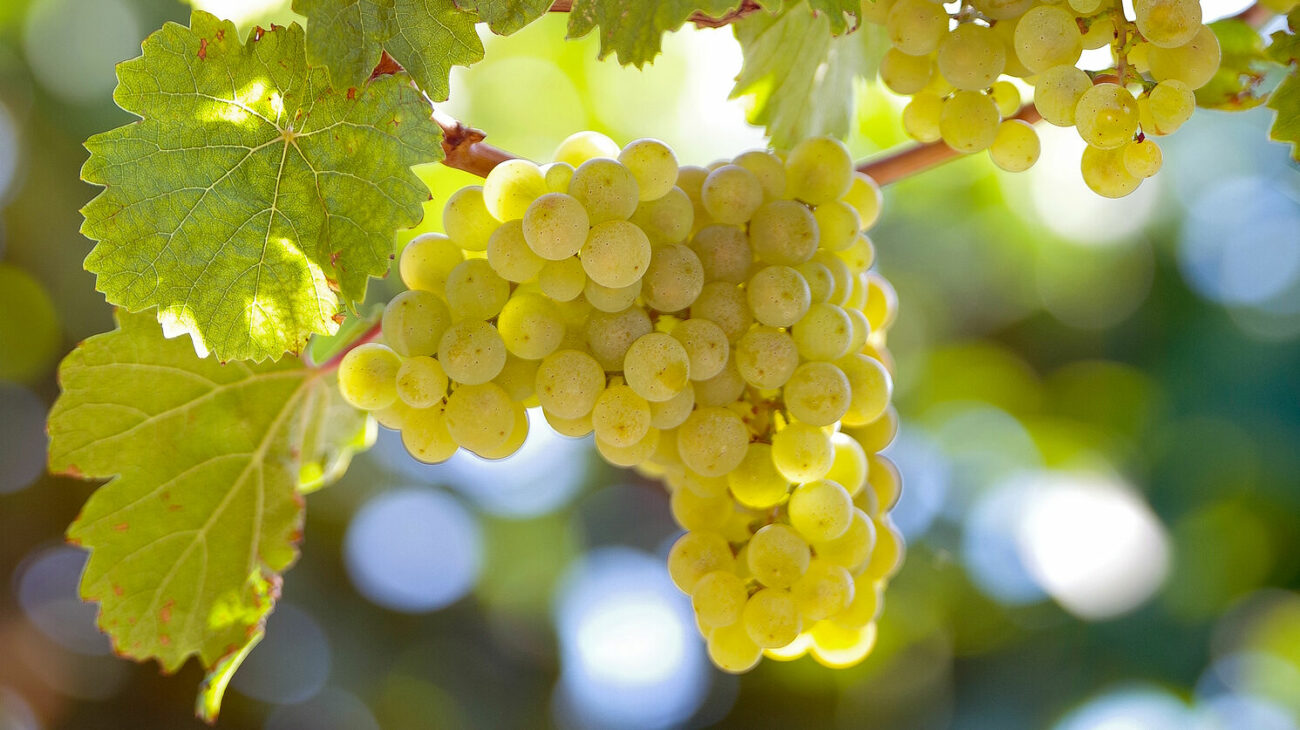
Riesling is a grape variety that has long captivated wine lovers with its balance of elegance, freshness, and versatility. Hailing from Germany, it is one of the world’s most beloved white grape varieties, known for its ability to produce wines that range from bone-dry to lusciously sweet. Whether it’s a crisp, mineral-driven bottle from the Mosel or a rich, honeyed one from the Alsace region, Riesling’s unique qualities make it a standout in the world of wine.
Origins and Terroir
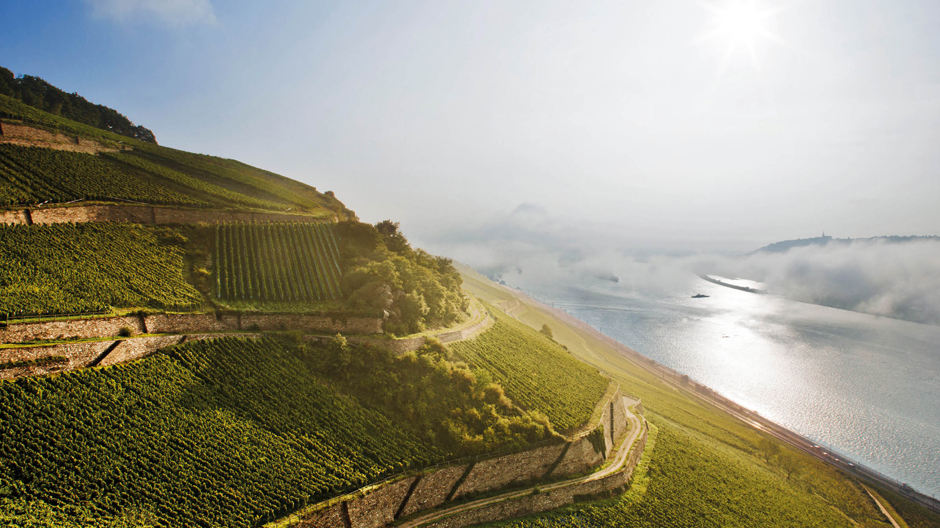
Riesling’s history stretches back centuries, with its origins believed to be in Germany’s Rhine Valley. Today, it thrives in cool-climate regions where it can develop its signature acidity and aromatic profile. While Germany is the grape’s ancestral home, Riesling is now grown in various wine regions around the world, including Austria, France’s Alsace, Australia, New Zealand, and even parts of the United States like Washington State and the Finger Lakes.
The grape’s best expressions are often found in regions with moderate temperatures, where the cool nights allow for the preservation of the acidity while the warm days help the fruit ripen slowly. Riesling is known to be a highly sensitive variety, with the terroir—soil composition, altitude, and climate—playing a significant role in the wine’s final character. Whether grown in steep, slate-covered slopes in the Mosel or on the volcanic soils of the Finger Lakes, Riesling reflects its environment in a way few other grapes can.
tasting notes : The signature of riesling
Riesling is a wine that truly dazzles on the nose. Its aromatic profile can range from fresh and floral to rich and honeyed, but the most consistent notes are citrus fruits (lime, lemon, grapefruit), stone fruits (peach, apricot), and floral elements like jasmine or honeysuckle. Depending on the ripeness of the fruit and the climate, you may also encounter notes of petrol (a characteristic scent that some find intriguing, especially in aged Rieslings), herbs, and sometimes a touch of minerality.
On the palate, Riesling is typically high in acidity, which gives it a refreshing quality and helps balance any residual sweetness in sweeter styles. The wines can range from dry, with clean, crisp citrus flavours, to sweet, where the fruit flavours are more pronounced, with notes of honey, ripe peach, and a luscious texture. Even in its sweeter forms, Riesling maintains a refreshing vibrancy due to its natural acidity, making it a wine that never feels cloying.
Riesling’s Sweetness Spectrum
One of the most fascinating aspects of Riesling is its ability to cover a wide spectrum of sweetness levels. The grape’s natural acidity and ability to maintain freshness, even in sweeter styles, make it incredibly versatile. In Germany, Riesling wines are often classified based on their sugar content, from bone-dry to intensely sweet. Here are some key styles:
Trocken
This is the dry style of Riesling, with little to no residual sugar. Trocken Rieslings are crisp, mineral-driven, and offer clean citrus flavours with an elegant finish.
kabinett
Kabinett is a light, refreshing style of Riesling. It has a low alcohol content and is typically dry or slightly off-dry. The wine is crisp with bright acidity, showcasing fresh fruit flavours like green apple, lime, and lemon, often with floral notes like jasmine or honeysuckle.
Halbtrocken
Slightly off-dry, these Rieslings have a touch of sweetness that balances their acidity, making them versatile with a wide range of foods.
Spätlese
Meaning “late harvest,” these wines are made from grapes that are left on the vine longer, resulting in a richer, sweeter wine with notes of ripe fruit and honey. These wines can be enjoyed fresh or aged for added complexity.
Auslese
These wines are made from individually selected, ripe bunches of grapes, resulting in even more concentrated sweetness, often paired with intense fruit and honey flavours.
Beerenauslese and Trockenbeerenauslese
These are dessert wines made from grapes affected by noble rot, which dehydrates the grapes and concentrates the sugars. The resulting wines are intensely sweet, with deep flavours of honey, dried fruits, and spices.
Eiswein
Made from frozen grapes, typically harvested after a frost, Eiswein is another sweet style of Riesling that is balanced by crisp acidity. It’s rich and concentrated with flavours of tropical fruit, honey, and citrus.
Food That Enhances Its Character
spicy cuisine
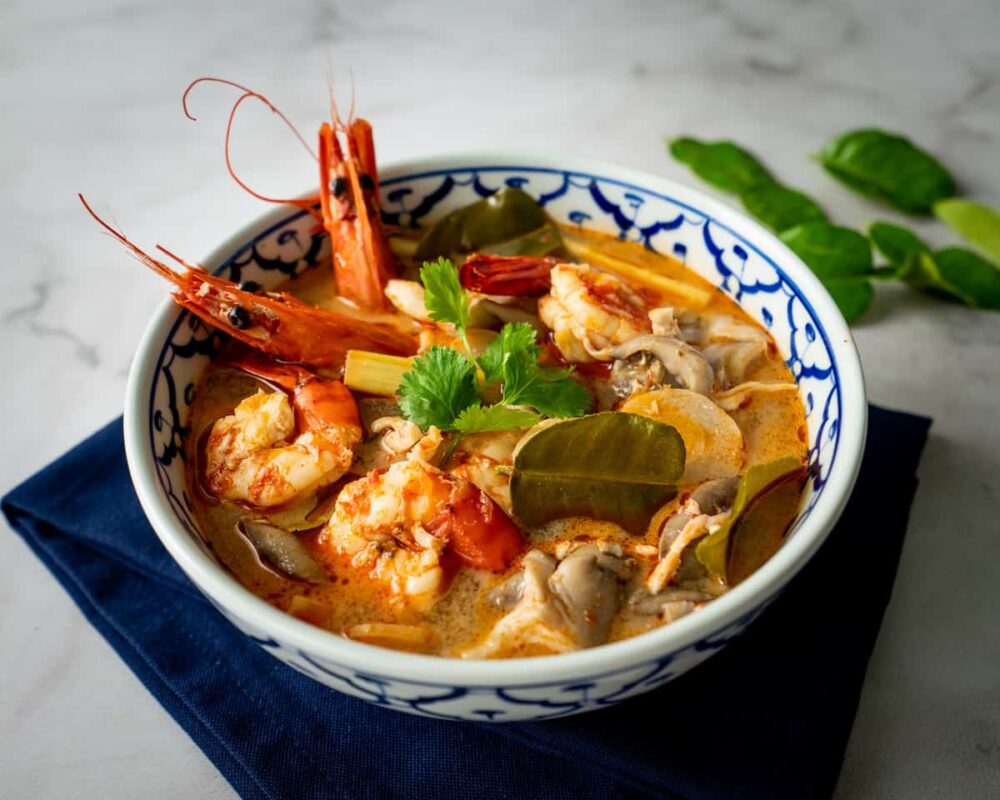
Riesling’s sweetness makes it an ideal match for spicy foods, especially those from Indian, Thai, or Chinese cuisines. The sweetness complements the heat, while the acidity keeps the wine refreshing.
Grilled meat
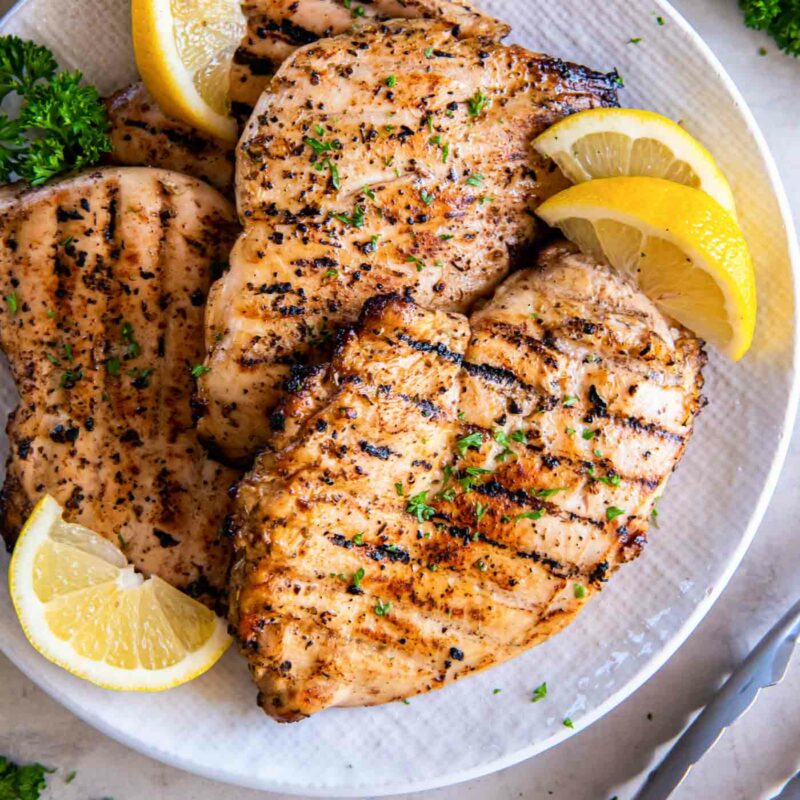
Dry Riesling, particularly from regions like the Mosel, pairs beautifully with grilled sausages, pork, and even barbecued chicken, with its crisp acidity cutting through the richness of the meat.
seafood

Riesling pairs wonderfully with seafood thanks to its bright acidity and refreshing character. It complements delicate flavors like oysters, shrimp, and sushi, while its fruitiness and acidity balance the sweetness of shellfish. Dry Riesling works well with grilled fish like trout or cod, and its crispness enhances the delicate sweetness of scallops.
cheese
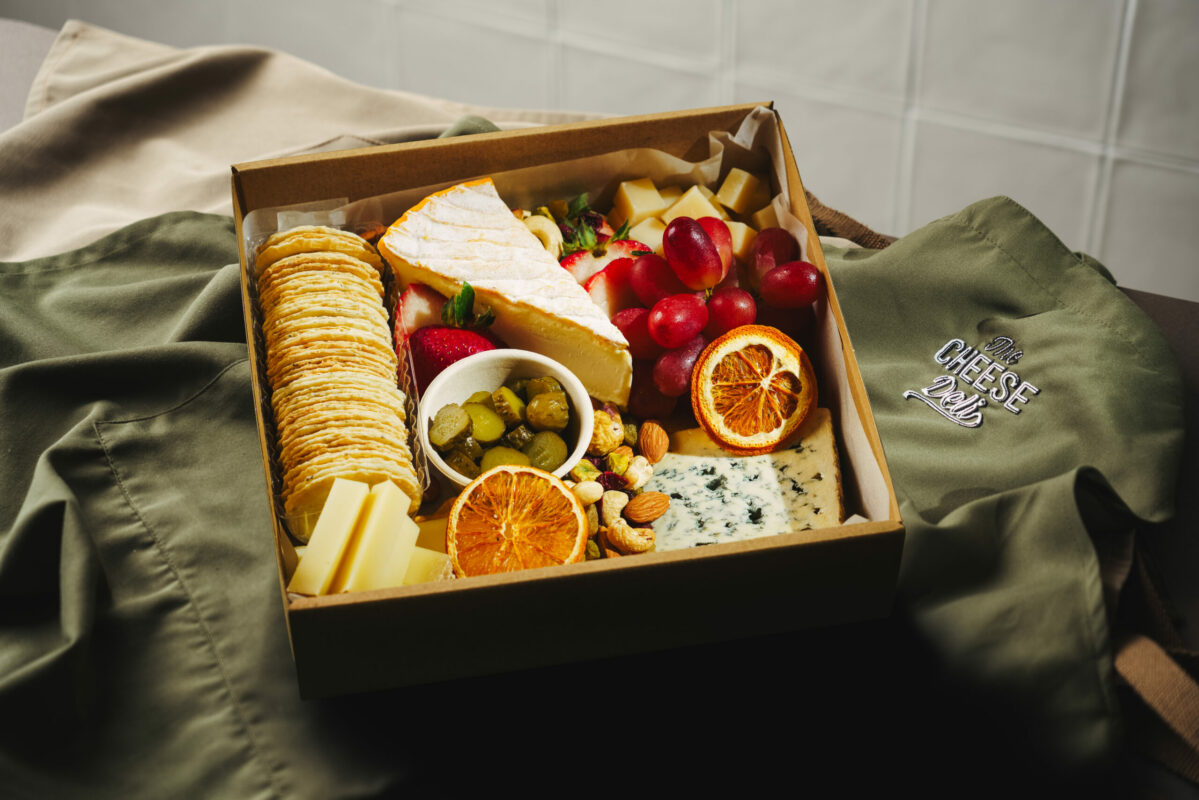
Riesling’s versatility also extends to cheese pairings. Its bright acidity and fruitiness work wonderfully with creamy cheeses like Brie or Camembert, as well as blue cheeses and aged cheddar.
desserts

Sweet Rieslings, such as those from the Auslese or Beerenauslese styles, are a perfect match for fruit-based desserts, such as tarts, apple strudel, or a classic lemon meringue pie.
Riesling’s home
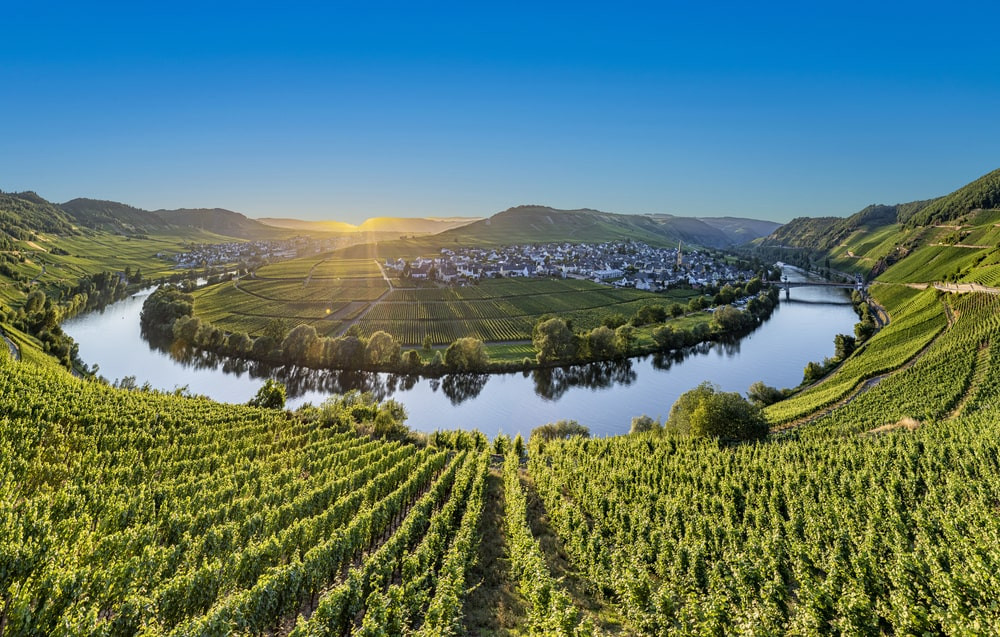
While Riesling’s heart lies in Germany, its adaptability and ability to express itself in various climates have made it a favorite in many parts of the world. In Alsace, France, Riesling is produced in both dry and off-dry styles, showcasing a more mineral-driven, complex side of the grape. In Australia, particularly in the cooler-climate regions of the Clare Valley and Eden Valley, Riesling shines with vibrant citrus and floral notes, often with a distinct, dry finish. The United States, with regions like the Finger Lakes in New York and Washington State, also produces Riesling that rivals its Old World counterparts, often with an emphasis on freshness and purity of fruit.
experience riesling
Tasting Riesling is a vibrant and refreshing experience, marked by its bright acidity and crisp fruit flavours like citrus, green apple, and stone fruits, often with floral and honeyed notes. Whether dry or sweet, the wine feels lively and balanced, with a touch of minerality that enhances its freshness. The natural acidity keeps the wine refreshing, preventing sweetness from becoming overwhelming. Riesling leaves a clean, crisp finish with subtle citrus or floral hints, making it a wine that is both elegant and easy to enjoy, whether on its own or paired with food.

